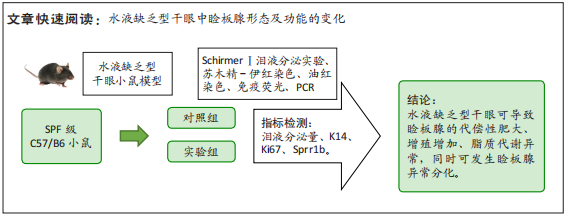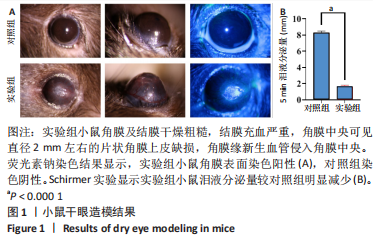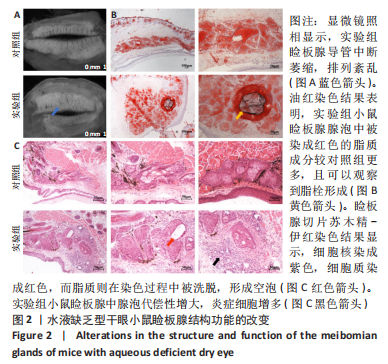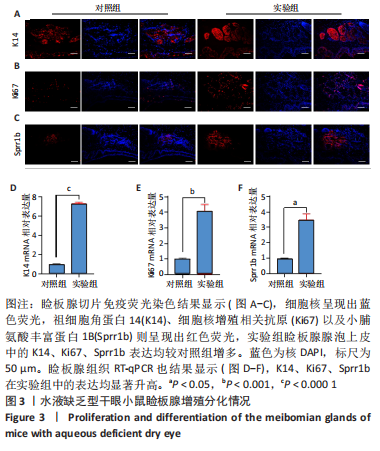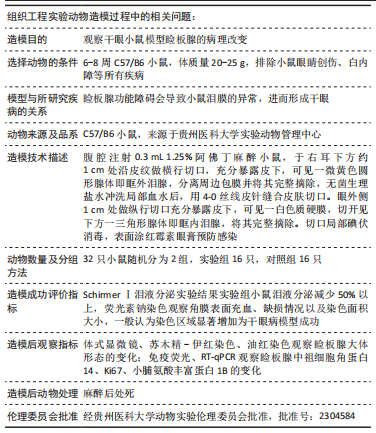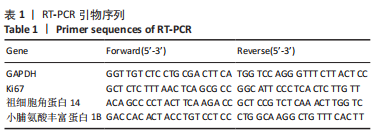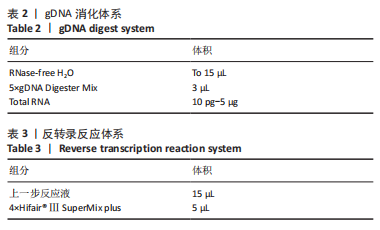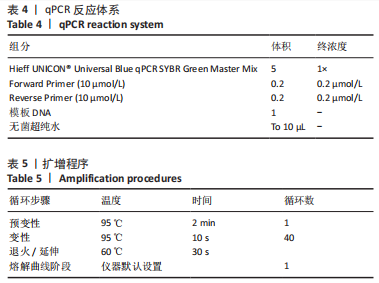[1] XU X, LI G, ZUO YY. Effect of Model Tear Film Lipid Layer on Water Evaporation. Invest Ophthalmol Vis Sci. 2023;64(1):13.
[2] PETRIČEK I, TOMIĆ M, BULUM T, et al. Meibomian Gland Assessment in Routine Ophthalmology Practice. Metabolites. 2023;13(2):157.
[3] SHEPPARD JD, NICHOLS KK. Dry Eye Disease Associated with Meibomian Gland Dysfunction: Focus on Tear Film Characteristics and the Therapeutic Landscape. Ophthalmol Ther. 2023. doi: 10.1007/s40123-023-00669-1.
[4] CHAN TCY, CHOW SSW, WAN KHN, et al. Update on the association between dry eye disease and meibomian gland dysfunction. Hong Kong Med J. 2019;25(1):38-47.
[5] ZHANG X, MVJ, QU Y, et al. Dry Eye Management: Targeting the Ocular Surface Microenvironment. Int J Mol Sci. 2017;18(7):1398.
[6] CRAIG JP, NICHOLS KK, AKPEK EK, et al. TFOS DEWS II Definition and Classification Report. Ocul Surf. 2017;15(3):276-283.
[7] KNOP E, KNOP N, MILLAR T, et al. The international workshop on meibomian gland dysfunction: report of the subcommittee on anatomy, physiology, and pathophysiology of the meibomian gland. Invest Ophthalmol Vis Sci. 2011;52(4):1938-1978.
[8] LLORENS-QUINTANA C, RICO-DEL-VIEJO L, SYGA P, et al. Meibomian Gland Morphology: The Influence of Structural Variations on Gland Function and Ocular Surface Parameters. Cornea. 2019;38(12): 1506-1512.
[9] ZANG S, CUI Y, CUI Y, et al. Meibomian gland dropout in Sjögren’s syndrome and non-Sjögren’s dry eye patients. Eye (Lond). 2018;32(11): 1681-1687.
[10] SULLIVAN DA, DANA R, SULLIVAN RM, et al. Meibomian Gland Dysfunction in Primary and Secondary Sjögren Syndrome. Ophthalmic Res. 2018;59(4):193-205.
[11] LIN X, FU Y, LI L, et al. A Novel Quantitative Index of Meibomian Gland Dysfunction, the Meibomian Gland Tortuosity. Transl Vis Sci Technol. 2020;9(9):34.
[12] BULYCHEVA TI, DEĬNEKO NL, GRIGOR’EVA AA. The immune cytochemical evaluation of reaction of phytohemagglutinin stimulation of lymphocytes with monoclonal antibodies Ki-67. Klin Lab Diagn. 2014; 59(7):51-54.
[13] PARFITT GJ, LEWIS PN, YOUNG RD, et al. Renewal of the Holocrine Meibomian Glands by Label-Retaining, Unipotent Epithelial Progenitors. Stem Cell Rep. 2016;7(3):399-410.
[14] GUO Y, ZHANG H, ZHAO Z, et al. Hyperglycemia Induces Meibomian Gland Dysfunction. Invest Ophthalmol Vis Sci. 2022;63(1):30.
[15] TSUBOTA K, YOKOI N, SHIMAZAKI J, et al. New Perspectives on Dry Eye Definition and Diagnosis: A Consensus Report by the Asia Dry Eye Society. Ocul Surf. 2017;15(1):65-76.
[16] SUZUKI T, KITAZAWA K, CHO Y, et al. Alteration in meibum lipid composition and subjective symptoms due to aging and meibomian gland dysfunction. Ocul Surf. 2022;26:310-317.
[17] KHANAL S, NGO W, NICHOLS KK, et al. Human meibum and tear film derived (O-acyl)-omega-hydroxy fatty acids in meibomian gland dysfunction. Ocul Surf. 2021;21:118-128.
[18] 卢云琼,郭潇聪,杨延婷,等. 非干燥综合征干眼动物模型研究进展[J]. 国际眼科杂志,2022,22(11):1794-1799.
[19] ZHAO S, SONG N, GONG L. Changes of Dry Eye Related Markers and Tear Inflammatory Cytokines After Upper Blepharoplasty. Front Med (Lausanne). 2021;8:763611.
[20] TROTTA MC, HERMAN H, BALTA C, et al. Oral Administration of Vitamin D3 Prevents Corneal Damage in a Knock-Out Mouse Model of Sjögren’s Syndrome. Biomedicines. 2023;11(2):616.
[21] 蒋鹏飞,黎冬冬,彭俊,等. 干眼症患者泪液炎症因子与症状体征相关性研究[J]. 国际眼科杂志,2020,20(4):699-702.
[22] 崔红,李正日,孙丽霞,等 炎症因子在糖尿病性干眼患者中的表达变化及其意义[J]. 眼科新进展,2018,38(7):651-655.
[23] BRÜNDL M, GARREIS F, SCHICHT M, et al. Characterization of the innervation of the meibomian glands in humans, rats and mice. Ann Anat. 2021;233:151609.
[24] CALL MFK, LUNN MO, KAO WW. A unique lineage gives rise to the meibomian gland. Mol Vis. 2016;22:168-176.
[25] HWANG HS, PARFITT GJ, BROWN DJ, et al. Meibocyte differentiation and renewal: Insights into novel mechanisms of meibomian gland dysfunction (MGD). Exp Eye Res. 2017;163:37-45.
[26] SUHALIM JL, PARFITT GJ, XIE Y, et al. Effect of desiccating stress on mouse meibomian gland function. Ocul Surf. 2014;12(1): 59-68.
[27] YOO YS, NA KS, KIM DY, et al. Morphological evaluation for diagnosis of dry eye related to meibomian gland dysfunction. Exp Eye Res. 2017;163:72-77.
[28] PALANIAPPAN CK, SCHUTT BS, BRAUER L, et al. Effects of keratin and lung surfactant proteins on the surface activity of meibomian lipids. Invest Ophthalmol Vis Sci. 2013;54(4):2571-2581.
[29] NENCHEVA Y, RAMASUBRAMANIAN A, EFTIMOV P, et al. Effects of Lipid Saturation on the Surface Properties of Human Meibum Films. Int J Mol Sci. 2018;19(8):2209.
[30] GEERLING G, BAUDOUIN C, ARAGONA P, et al. Emerging strategies for the diagnosis and treatment of meibomian gland dysfunction: Proceedings of the OCEAN group meeting. Ocul Surf. 2017;15(2):179-192.
[31] BUTOVICH IA, WILKERSON A. Dynamic Changes in the Gene Expression Patterns and Lipid Profiles in the Developing and Maturing Meibomian Glands. Int J Mol Sci. 2022;23(14):7884.
|
